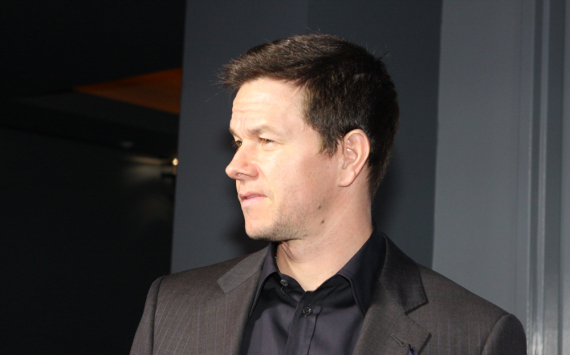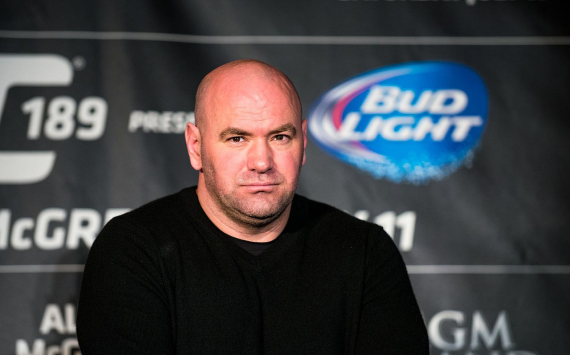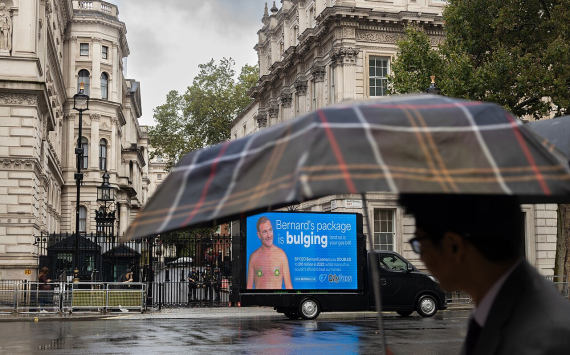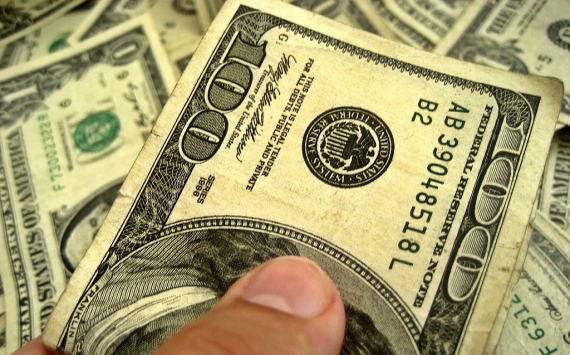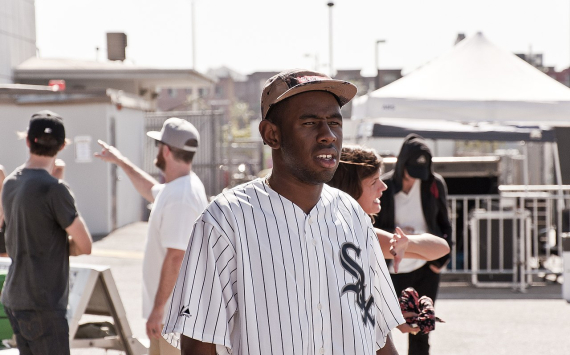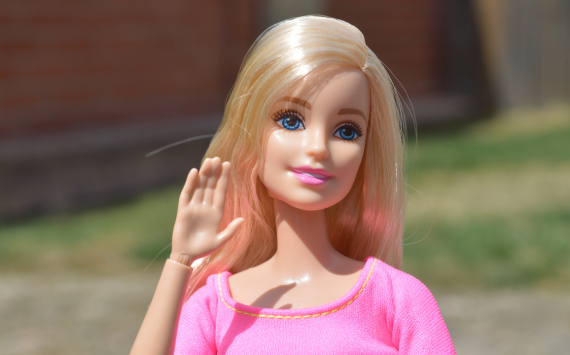
Barbie's Remarkable Comeback
In 2015, Barbie's sales hit a low due to criticism over unrealistic beauty standards and gender stereotypes. Yet, Mattel's CEO, Richard Dickson, spearheaded a successful turnaround through innovative marketing and product strategies.
The Transformation Journey
Richard Dickson, the current CEO of Mattel, played a crucial role in the brand's revival. He emphasized the importance of defining Barbie's purpose in a consumer-driven world. By understanding people's preferences, trends, and societal values, Mattel successfully filtered these insights through the brand's purpose.
Marketing and Product Innovation
Mattel's transformation strategy centered around yearly segmentation of products and effective marketing campaigns. This approach resulted in record-breaking years for Barbie, paving the way for the brand's resurgence.
The History of Barbie and Her Empire
Barbie, initially known as Barbara Millicent Roberts, made her debut in March 1959 as an 11-inch plastic doll with the figure of an adult woman. Designed by Ruth Handler, the co-founder of Mattel, Barbie was inspired by the German Lilli doll, originally intended as an adult novelty toy for men.
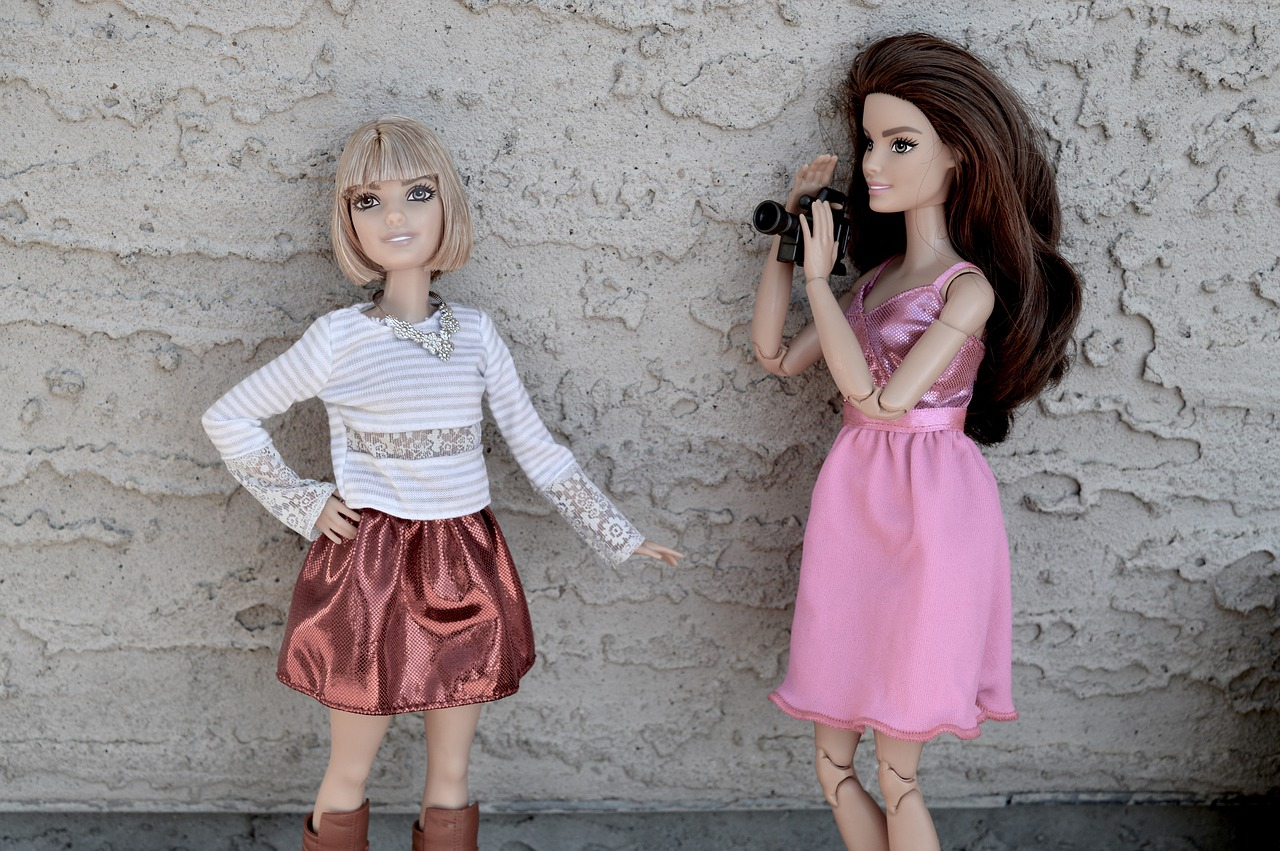
Barbie and Lilli. The image was taken from wallpaperflare.com
Early Success and Investment
Barbie quickly gained popularity, with around 300,000 dolls sold in the first year alone. The early investors in Mattel experienced exceptional returns, and the company's growth was exponential.
Conclusion
From facing criticism and dwindling sales in 2015 to becoming a billion-dollar brand, Barbie's journey has been nothing short of extraordinary. The transformation was driven by Mattel's visionary CEO, Richard Dickson, who focused on redefining the brand's purpose and leveraging marketing and product innovation. Barbie's success continues to thrive, leaving an indelible mark on the toy industry and inspiring generations of children worldwide.




